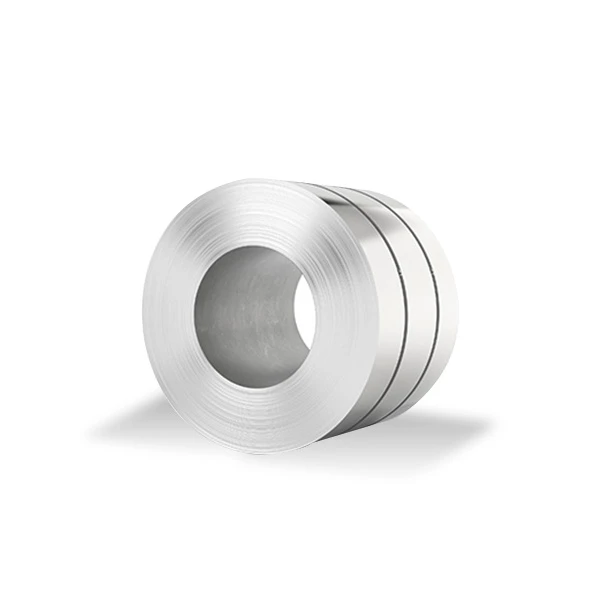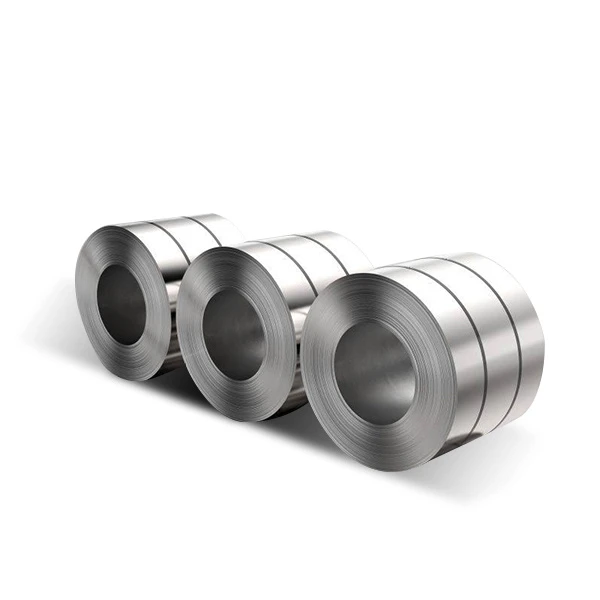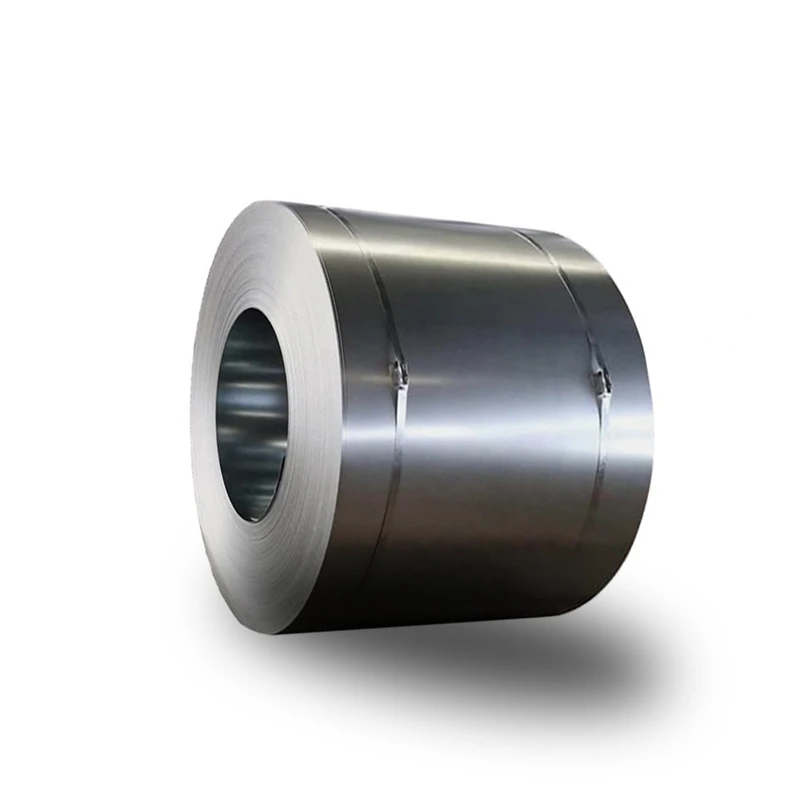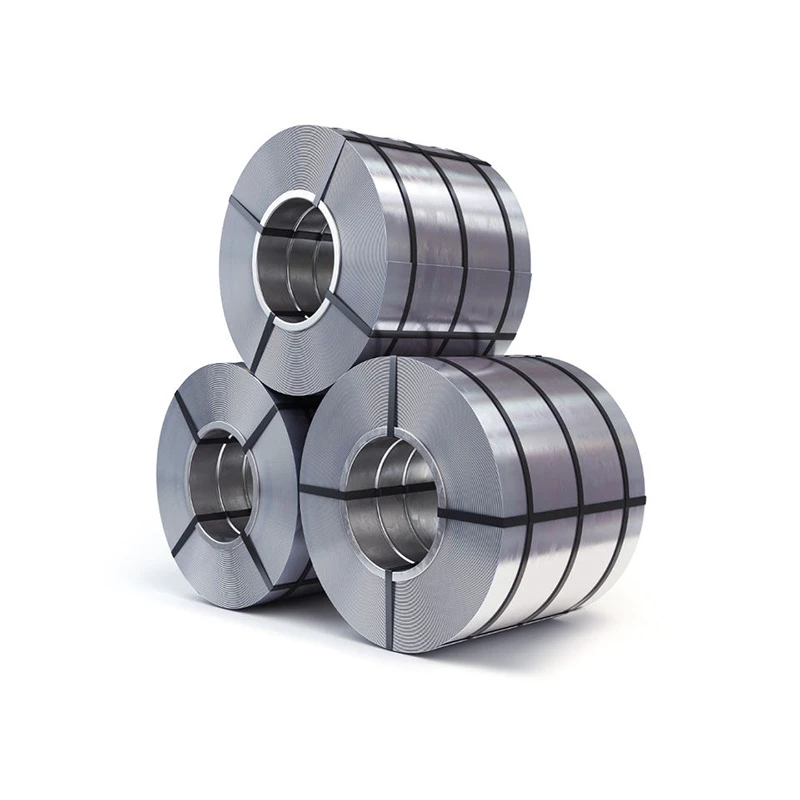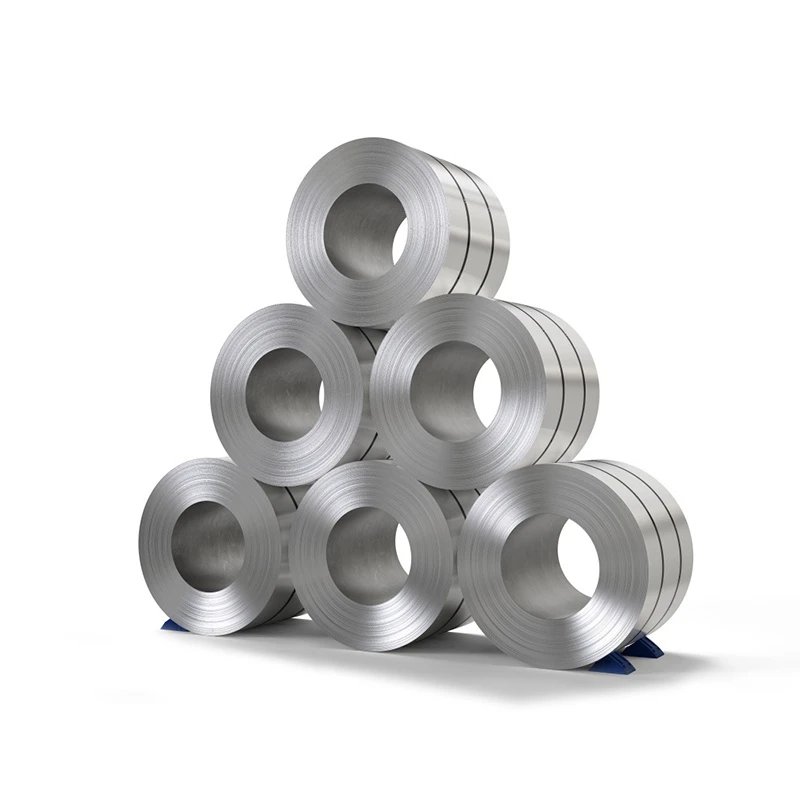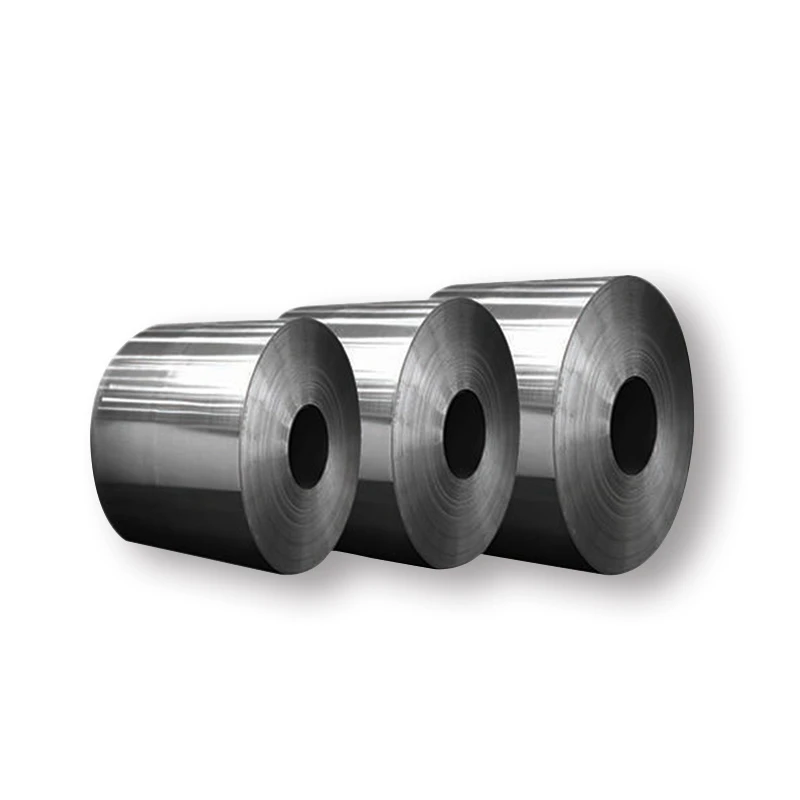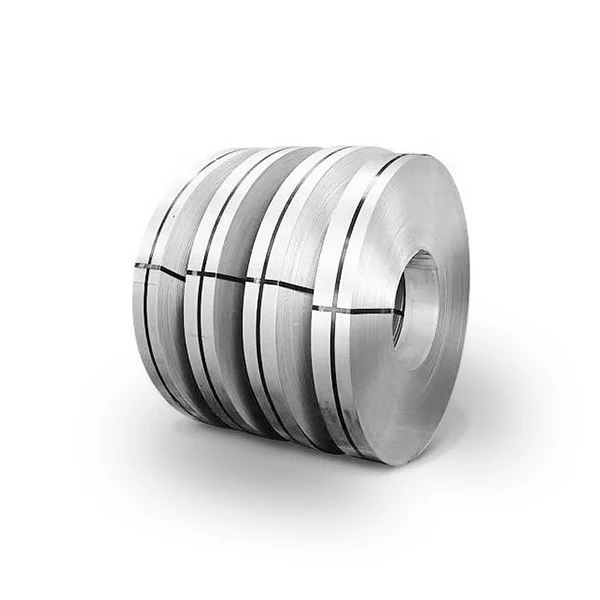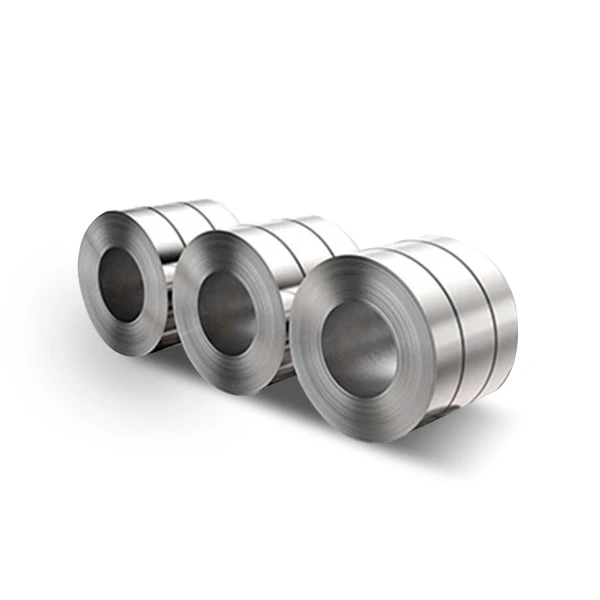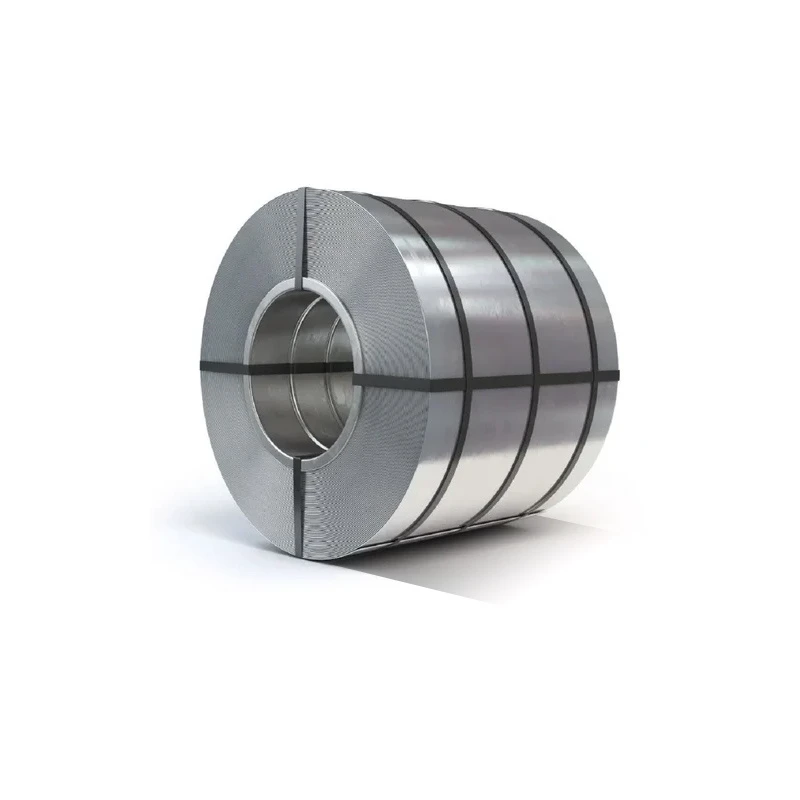
CATEGORIES
FEATURED PRODUCTS
321 Stainless Steel Coil
We offer this product and related grades with 100% factory direct pricing and free quotes available within 24 hours.
APPLICATION SCENARIOS

OUR ADVANTAGE

Certificate of Honor

PARTNER

Our Factory

321 Stainless Steel (UNS S32100) is an austenitic chromium-nickel stainless steel that is stabilized with titanium. It’s essentially a modified version of 304 stainless steel. The primary purpose of adding titanium is to prevent the formation of chromium carbides at grain boundaries when the material is exposed to temperatures within the sensitization range (typically 427°C to 816°C or 800°F to 1500°F). This phenomenon can lead to intergranular corrosion in unstabilized grades like 304, especially after welding, by depleting chromium from the grain boundaries. By forming stable titanium carbides instead, 321 maintains its full corrosion resistance even after exposure to high temperatures or welding without the need for a post-weld annealing treatment. Like other austenitic stainless steels, 321 is generally non-magnetic in its annealed condition.
Key Properties of 321 Stainless Steel
The titanium stabilization is the defining characteristic of 321 stainless steel, providing critical advantages for specific high-temperature and welded applications.
Intergranular Corrosion Resistance (Stabilization)
- Resistance to Sensitization: This is 321’s most significant property. The addition of titanium ensures that carbon within the alloy preferentially combines with titanium to form stable titanium carbides. This prevents chromium from depleting at the grain boundaries, thereby eliminating susceptibility to intergranular corrosion when exposed to high temperatures, particularly within the sensitization range, or after welding. This is crucial for applications that operate at elevated temperatures or involve heavy welded sections where post-weld annealing is impractical.
Excellent High-Temperature Performance
- Oxidation Resistance: 321 offers excellent resistance to oxidation in continuous service up to approximately 899°C (1650°F) and in intermittent service up to about 816°C (1500°F).
- Creep and Stress-Rupture Properties: Due to the titanium stabilization, 321 exhibits good creep resistance and higher stress-rupture properties at elevated temperatures compared to unstabilized grades like 304. This makes it suitable for high-temperature structural components.
Good General Corrosion Resistance
- Similar to 304: In many environments, 321 offers general corrosion resistance comparable to 304 stainless steel. It performs well in atmospheric conditions, fresh water, and a wide variety of organic and inorganic chemicals.
- Enhanced in Specific Conditions: Its resistance to intergranular corrosion after high-temperature exposure makes it superior to 304 in applications involving high-temperature service or welding where sensitization could otherwise be an issue.
- Limited Chloride Resistance: While generally good, 321 does not contain molybdenum and is therefore less resistant to pitting and crevice corrosion in chloride-rich environments (e.g., seawater) compared to molybdenum-bearing grades like 316.
Mechanical Properties
- Good Strength and Ductility: 321 maintains good tensile strength and yield strength, combined with excellent ductility and formability, similar to other austenitic stainless steels. It cannot be hardened by heat treatment but can be strengthened by cold working.
- Good Low-Temperature Toughness: Like other austenitic grades, 321 retains good toughness at cryogenic temperatures.
Weldability
- Excellent Weldability: 321 is readily weldable by all common fusion and resistance welding processes. The titanium stabilization eliminates the need for post-weld annealing to restore corrosion resistance, which is a significant advantage for complex fabrications.
Non-Magnetic
- Generally Non-Magnetic: In its annealed condition, 321 stainless steel is non-magnetic. However, like other austenitic grades, it can become slightly magnetic after significant cold working.
Detailed Specifications: Dimensions and Parameters
321 Stainless Steel Coil is available in various dimensions and surface finishes, typically conforming to ASTM A240/A240M standards, to meet the requirements of its demanding applications.
| Parameter | Standard Range |
| Thickness | 0.3mm – 10mm (0.012 in – 0.394 in) |
| Width | 1000mm – 2000mm (39.37 in – 78.74 in) |
| Length | Coil form (continuous length) |
| Surface Finish | 2B, No.1, BA, Polished Finishes (e.g., No.4) |
| Edge Condition | Mill Edge, Slit Edge |
| Standard | ASTM A240/A240M, ASME SA-240 |
Note: Specific dimensions, available finishes, and tempers may vary based on current stock and manufacturing capabilities. For precise specifications, it’s always best to consult with a supplier.
Chemical Composition of 321 Stainless Steel
The controlled chemical composition of 321 stainless steel, particularly the crucial addition of titanium, is key to its specialized properties.
| Element | Weight Percentage (%) |
| Carbon (C) | ≤0.08 |
| Silicon (Si) | ≤0.75 |
| Manganese (Mn) | ≤2.00 |
| Phosphorus (P) | ≤0.045 |
| Sulfur (S) | ≤0.030 |
| Chromium (Cr) | 17.0 – 19.0 |
| Nickel (Ni) | 9.0 – 12.0 |
| Titanium (Ti) | 5×C (min)−0.70 (max) |
The presence of Titanium is the defining feature, serving to stabilize the alloy against sensitization.
321 Stainless Steel vs. Other Stainless Steel Grades: A Comparative Look
Comparing 321 to other common stainless steels highlights its advantages for high-temperature and welded applications.
| Feature | 321 | 347 | 304L | 316L |
| Stainless Steel Family | Austenitic | Austenitic | Austenitic | Austenitic |
| Stabilizing Element | Titanium | Niobium (Columbium) + Tantalum | None (low carbon for weldability) | None (low carbon for weldability) |
| Resistance to Intergranular Corrosion | Excellent (after high-temp exposure/welding) | Excellent (after high-temp exposure/welding) | Good (due to low carbon, but less than 321/347) | Good (due to low carbon) |
| High-Temperature Strength/Creep | Good | Excellent (superior to 321, 304L) | Moderate | Moderate |
| General Corrosion Resistance | Excellent (similar to 304L) | Excellent (similar to 304L) | Excellent | Superior (due to Molybdenum) |
| Chloride Resistance (Pitting/Crevice) | Moderate | Moderate | Moderate | High |
| Weldability | Excellent (no post-weld anneal needed) | Excellent (no post-weld anneal needed) | Excellent | Excellent |
| Cost | High | High | Low | Moderate to High |
| Typical Use | Aircraft exhaust, compensators, furnace parts | Aircraft exhaust, boiler tubes, heavy welded equipment, chemical process equipment | Food & beverage, architectural, general fabrication | Marine, chemical processing, pharmaceutical, medical implants |
321 is a cost-effective alternative to 347 for many high-temperature applications requiring stabilization, though 347 generally has better high-temperature strength and stability in some conditions.
Key Industries and Applications for 321 Stainless Steel Coil
The unique properties of 321 Stainless Steel Coil, particularly its intergranular corrosion resistance and good high-temperature strength, make it essential for critical applications.
| Industry | Typical Applications |
| Aerospace | Aircraft exhaust manifolds, jet engine parts, collector rings, aircraft firewalls (where high temperatures and reliable weldments are critical) |
| Automotive | Exhaust manifold components, flexible couplings, catalytic converters for high-performance vehicles (where temperatures are higher than 409 can handle). |
| Power Generation | Heat exchangers, boiler tubes, furnace parts, superheater and reheater tubing (for high-temperature pressure-containing components). |
| Petrochemical & Chemical Processing | Thermal oxidizers, flares, expansion joints, and components in equipment operating in the sensitization range. |
| Food & Beverage | Equipment components in high-temperature cooking or drying processes. |
| General Industrial | Annealing boxes, furnace fixtures, compensators, and other parts requiring high-temperature strength and corrosion resistance. |
Global Price Overview: 321 Stainless Steel Coil
The price of 321 Stainless Steel Coil is generally higher than 304L and 316L, reflecting the cost of titanium and the specialized processing required for stabilization. Pricing is influenced by global demand, the cost of its key raw materials (especially nickel, chromium, and titanium), energy prices, and the specific producer. The figures below are illustrative and subject to market fluctuations. For the most accurate and current pricing, please contact us directly.
| Region / Factor | Price Range (USD per Metric Ton) – Illustrative | Notes |
| Asia | $3,200 – $6,000 | Prices may vary based on producer’s quality control and specific alloy surcharges. |
| Europe | $3,800 – $7,000 | Reflects high quality standards, advanced manufacturing, and stricter material specifications. |
| North America | $4,000 – $7,500 | Influenced by domestic demand, import dynamics, and the high-performance nature of its applications. |
| Raw Material Cost (Ni, Cr, Ti) | High Impact | Fluctuations in these commodity markets, especially nickel and titanium, are primary cost drivers. |
| Order Volume | Discounts for Bulk | Larger purchase quantities may receive more favorable per-unit pricing. |
| Surface Finish & Thickness | Varies | Specific finishes and very thin gauges can incur slightly higher costs. |
Disclaimer: These are approximate price ranges and should not be considered as definitive quotes. For precise pricing and lead times, please reach out to our sales team.
Frequently Asked Questions (FAQs)
Here are answers to some of the most common questions about 321 Stainless Steel Coil.
Q1: What is the main advantage of 321 stainless steel over 304?
A1: The main advantage of 321 stainless steel over 304 is its resistance to intergranular corrosion (sensitization) after exposure to high temperatures (427°C to 816°C or 800°F to 1500°F) or after welding. This is achieved by the addition of titanium, which stabilizes the carbon, preventing chromium carbide precipitation at grain boundaries. This means 321 does not require post-weld annealing to restore corrosion resistance, making it ideal for heavy welded fabrications or components used at elevated temperatures.
Q2: Is 321 stainless steel magnetic?
A2: In its annealed condition, 321 stainless steel is generally non-magnetic, similar to other austenitic stainless steels. However, like 304, it can become slightly magnetic after significant cold working.
Q3: How does 321 compare to 347 stainless steel?
A3: Both 321 and 347 stainless steels are stabilized austenitic grades designed to resist intergranular corrosion. The primary difference is the stabilizing element: 321 uses titanium, while 347 uses niobium (columbium) and tantalum.
- 321 (Titanium stabilized): A very common and effective choice for applications up to approximately 899°C (1650°F). Titanium can be lost across the welding arc more easily than niobium, potentially leading to less stable weld deposits in some instances.
- 347 (Niobium stabilized): Generally preferred for slightly higher temperature applications (above 537°C or 1000°F) due to niobium’s superior strength at elevated temperatures and better resistance to oxidation in strong oxidizing conditions. Niobium also dissolves less readily during welding, leading to better carbide stability in the weld metal.
In most general corrosion environments, their performance is similar, but 347 often has slightly better overall high-temperature stability.
Q4: Can 321 stainless steel be hardened by heat treatment?
A4: No, 321 stainless steel cannot be hardened by heat treatment. Like other austenitic stainless steels, its microstructure does not allow for martensitic transformation through heating and quenching. It can only be strengthened through cold working.
Q5: What are typical applications for 321 stainless steel coil?
A5: 321 stainless steel coil is commonly used in applications requiring excellent resistance to intergranular corrosion after welding or high-temperature exposure, along with good high-temperature strength and oxidation resistance. Key applications include aircraft exhaust manifolds and jet engine parts, automotive exhaust components, heat exchangers, boiler tubes, and chemical process equipment operating at elevated temperatures.







